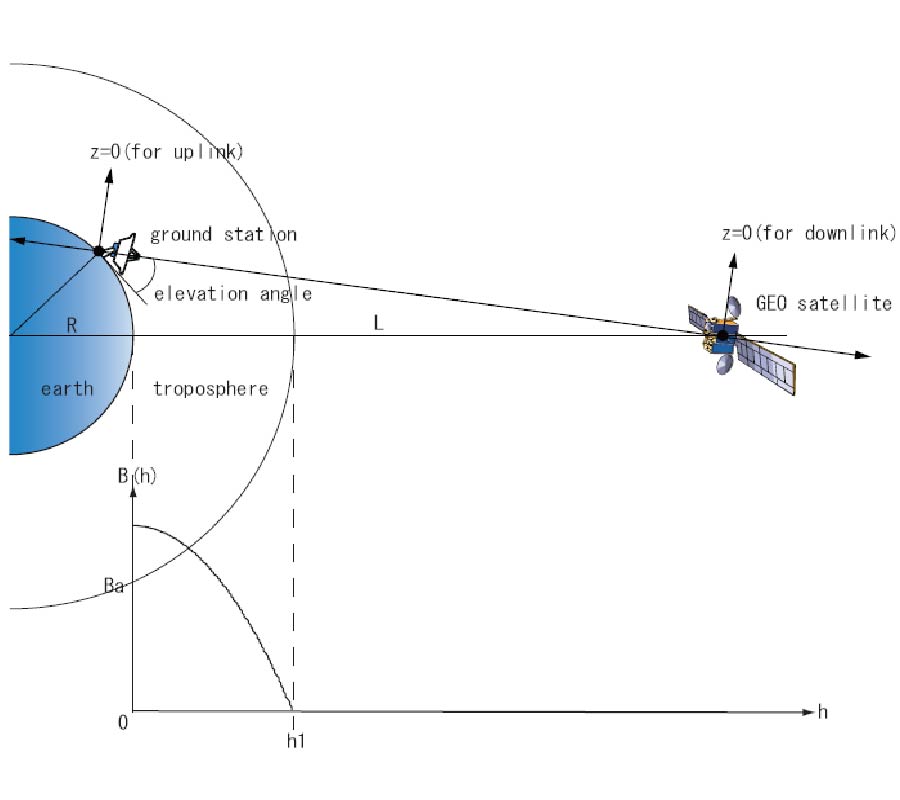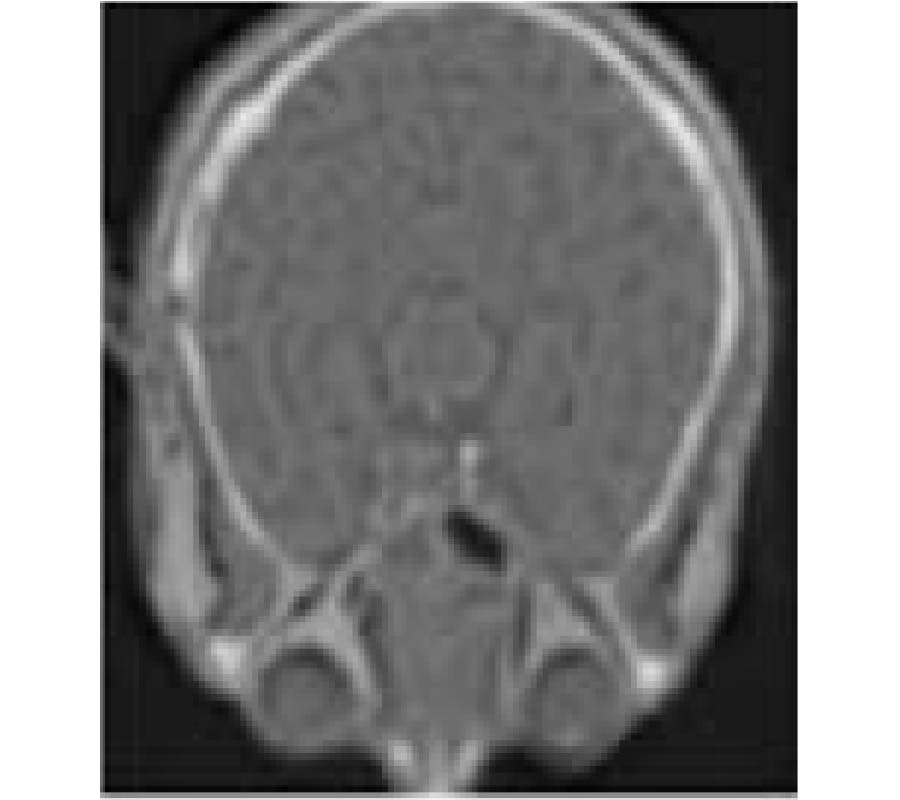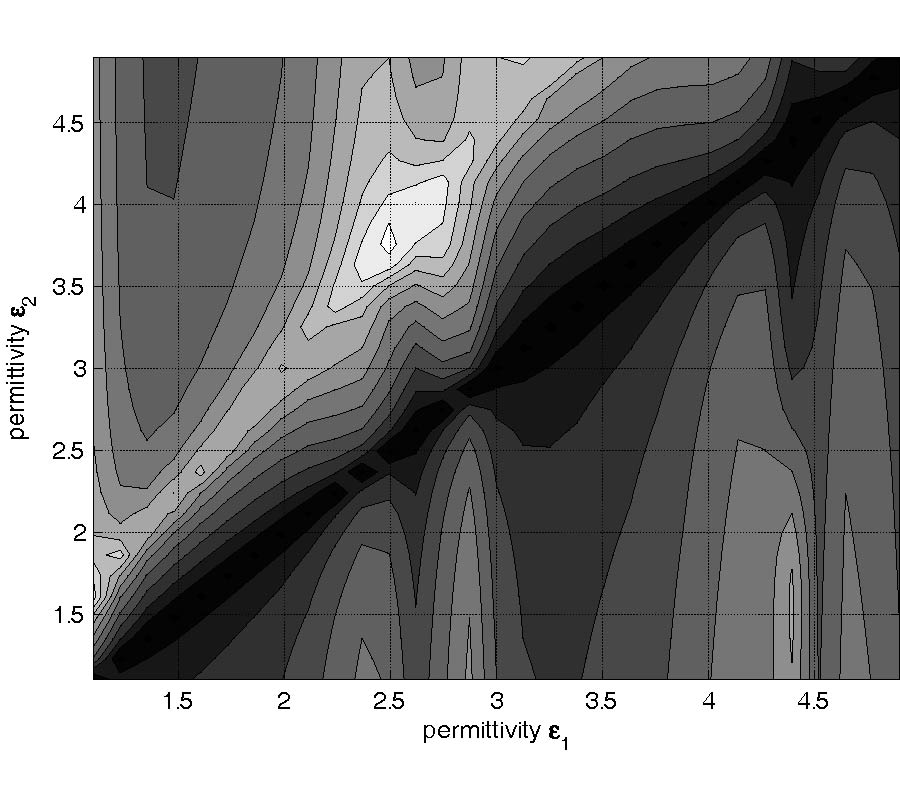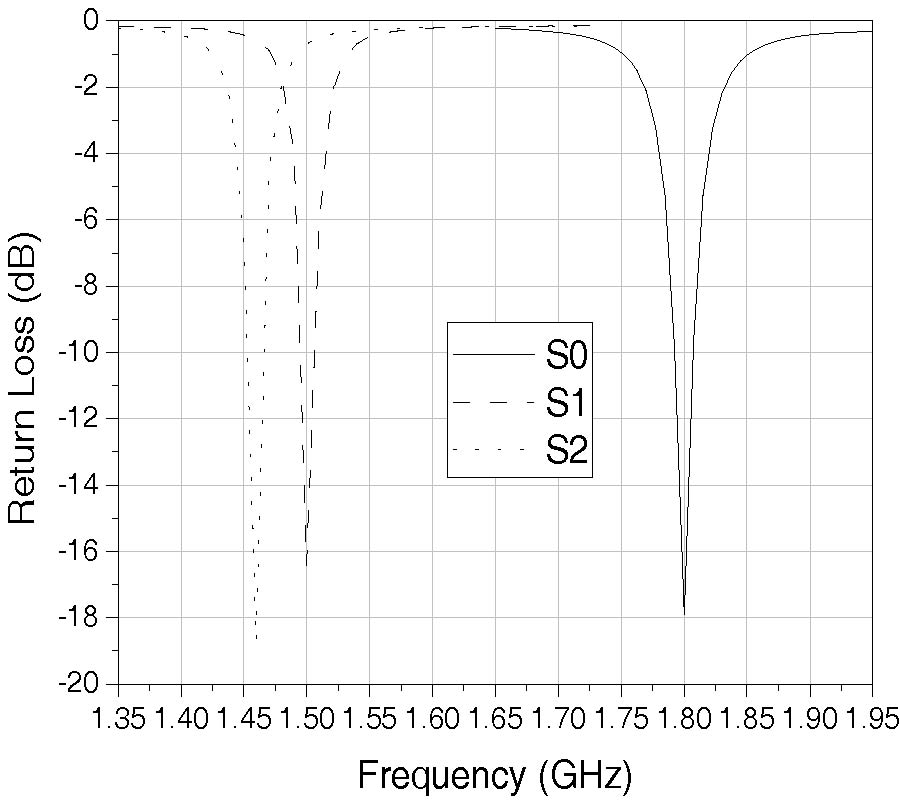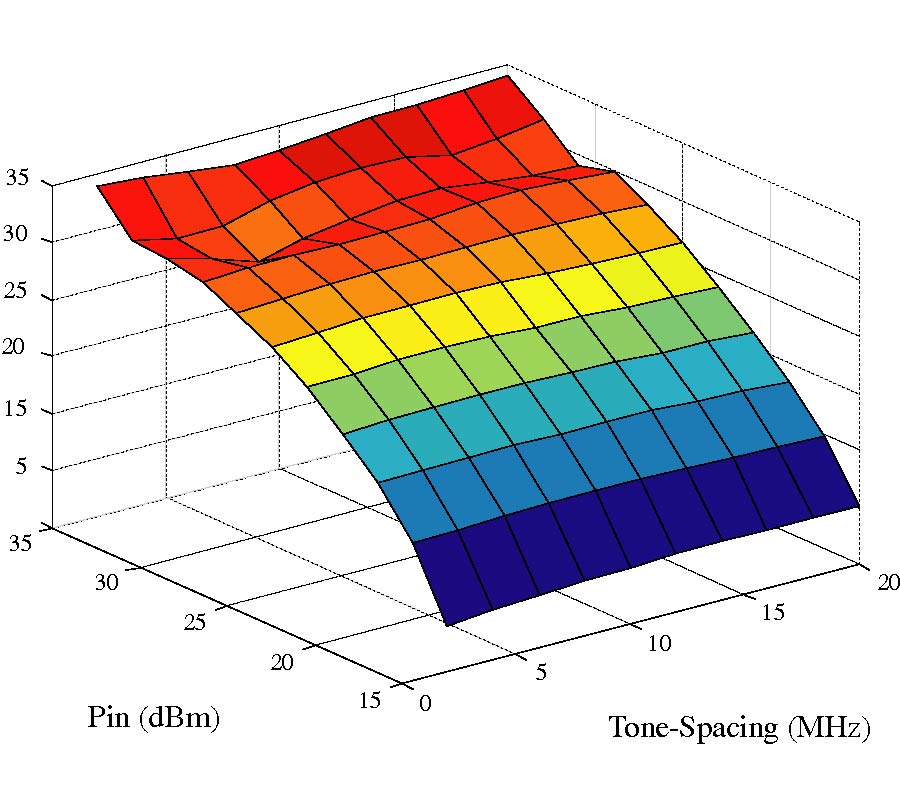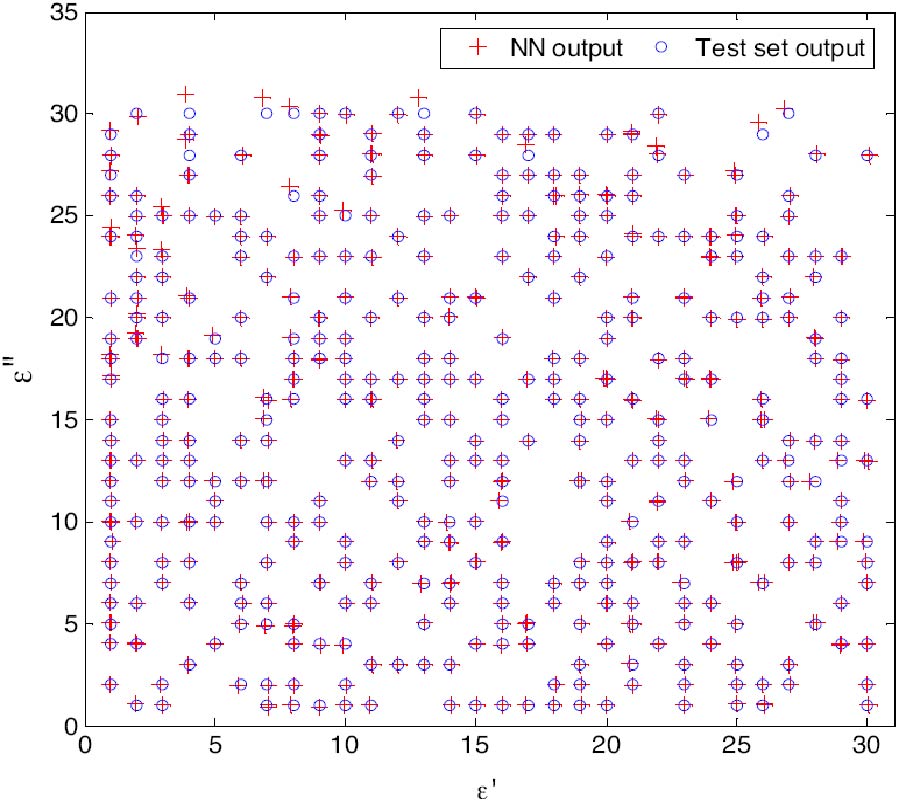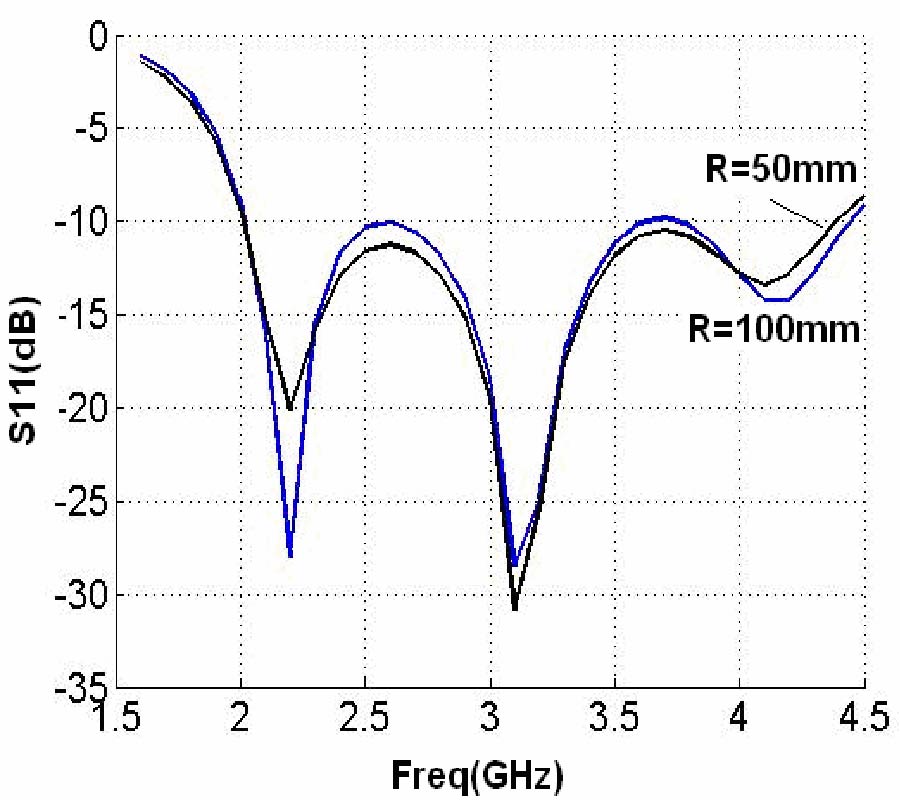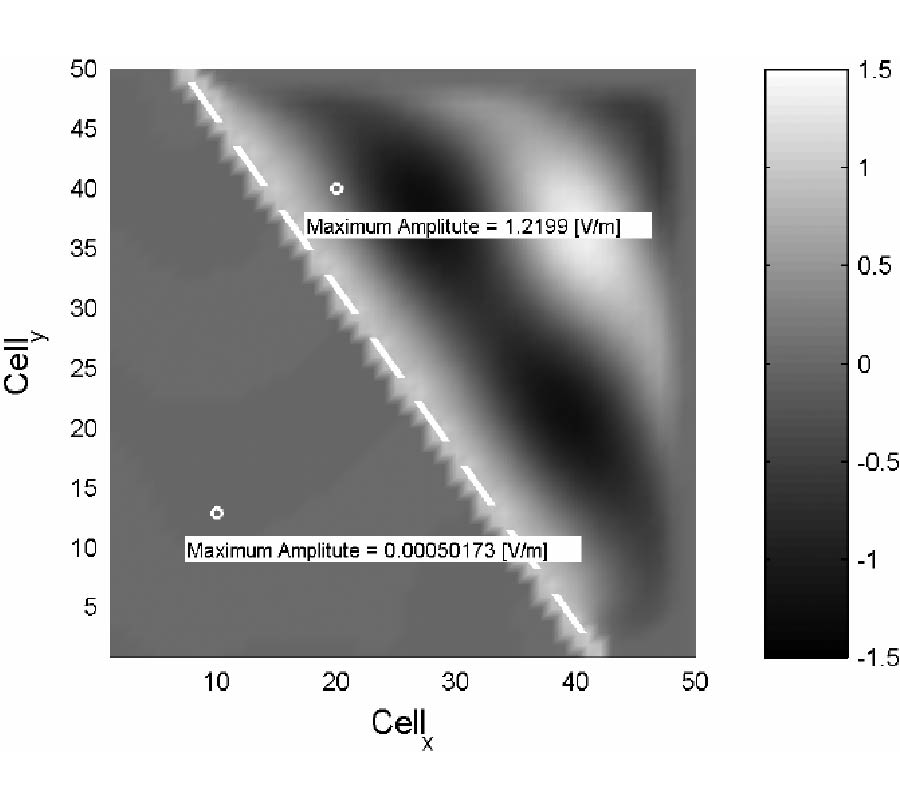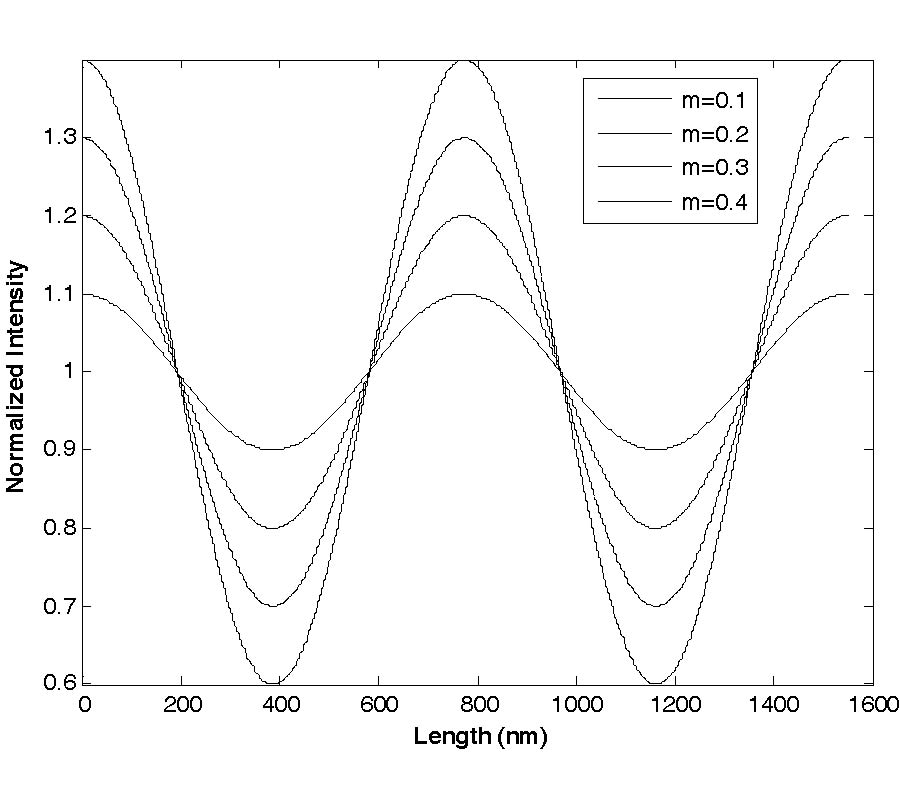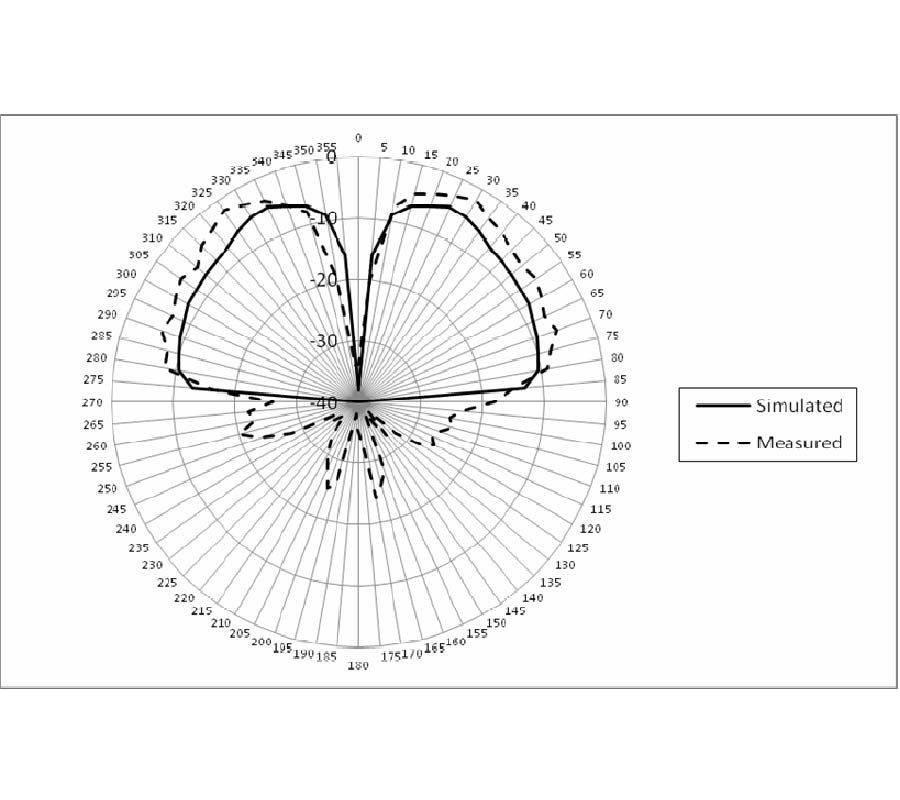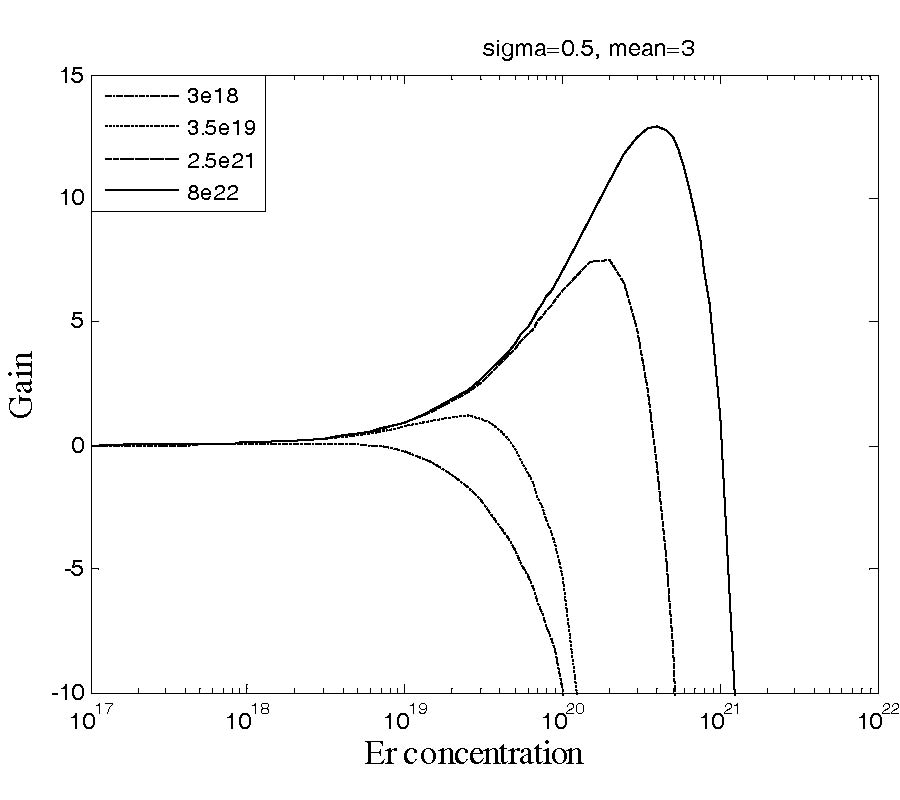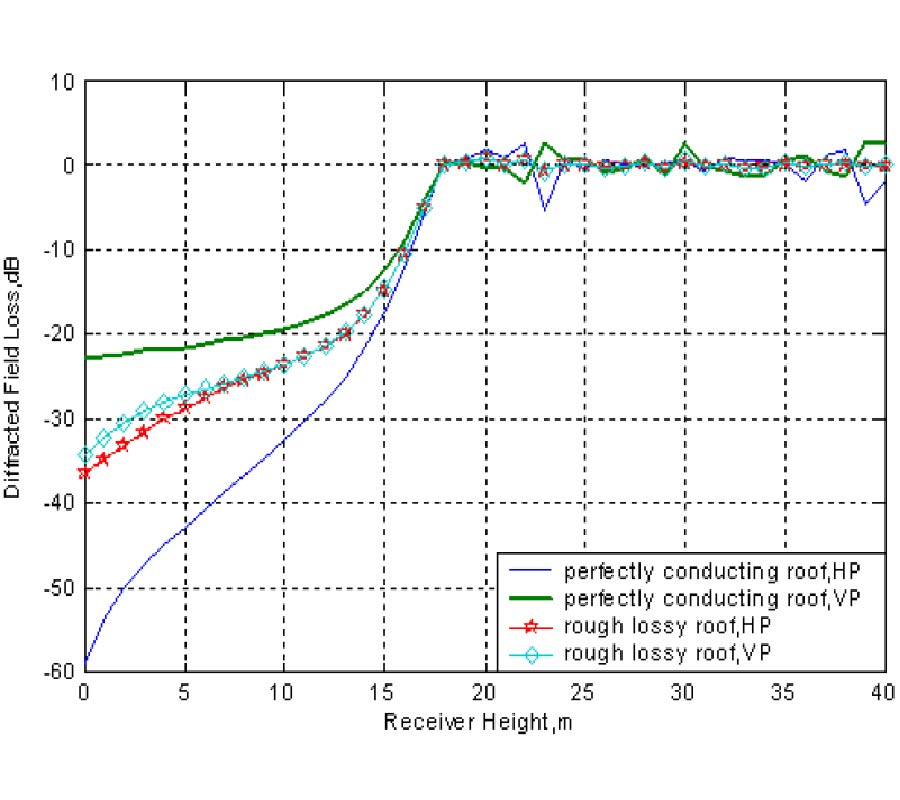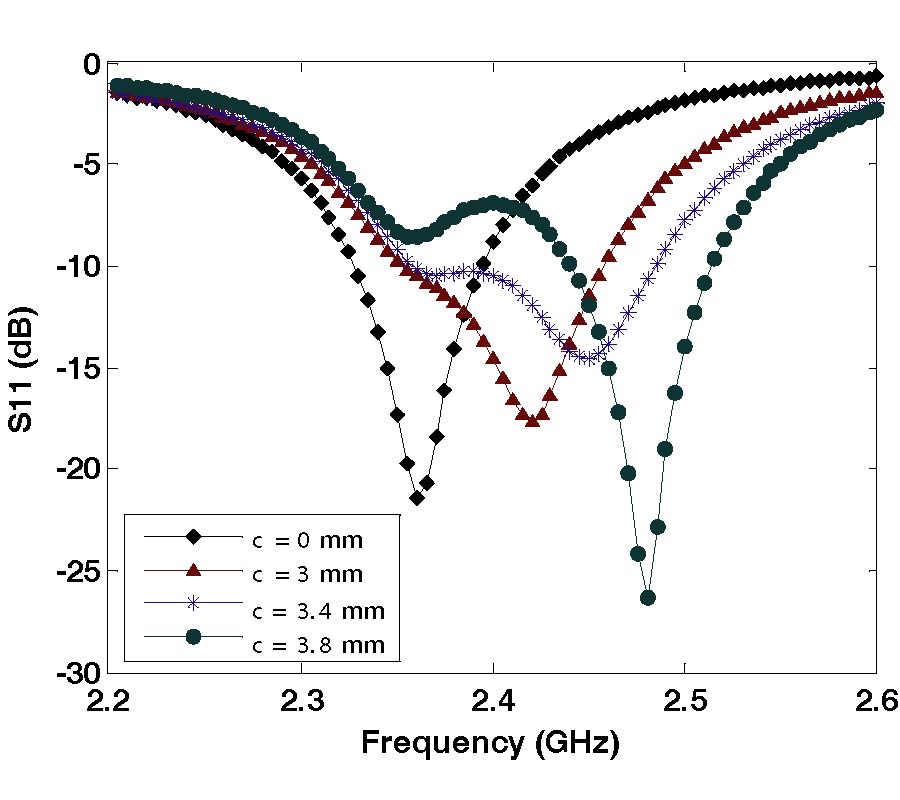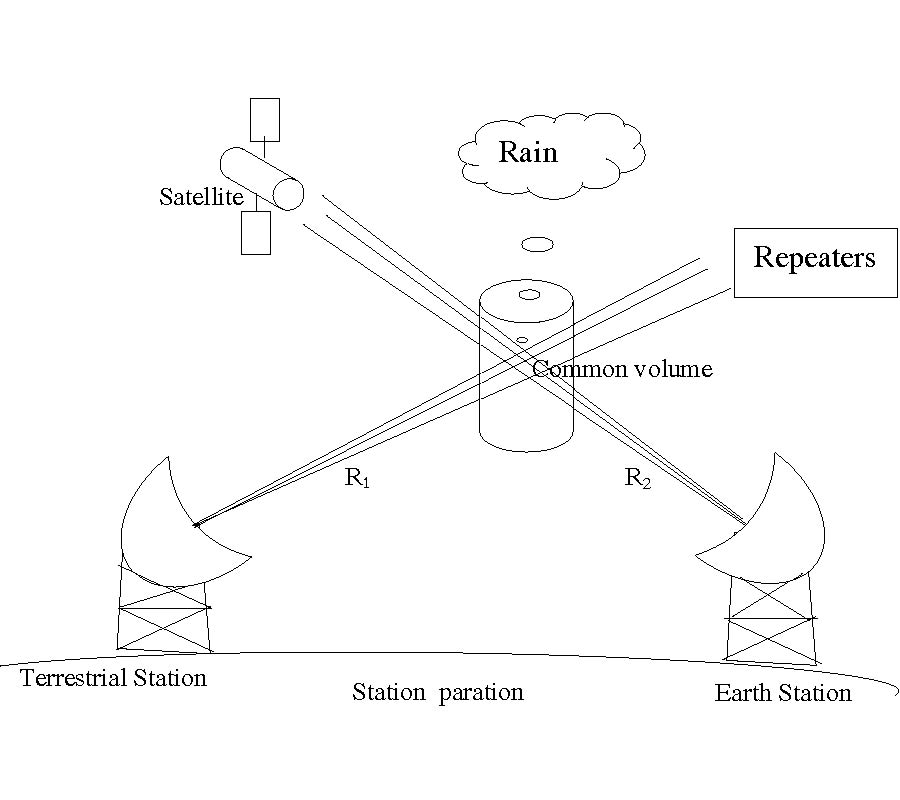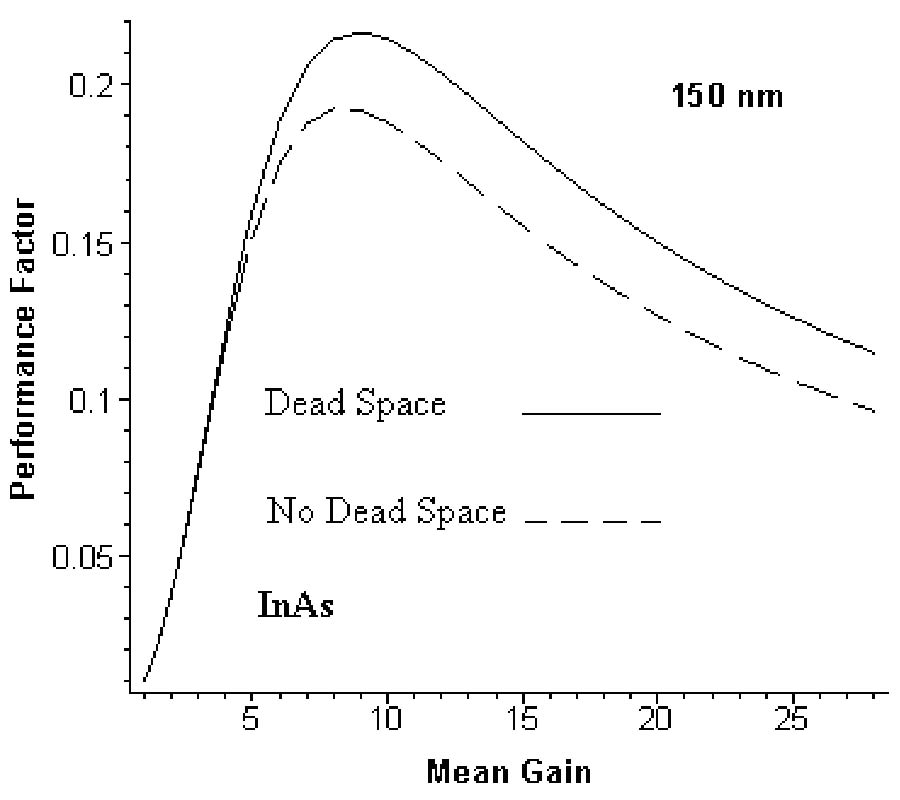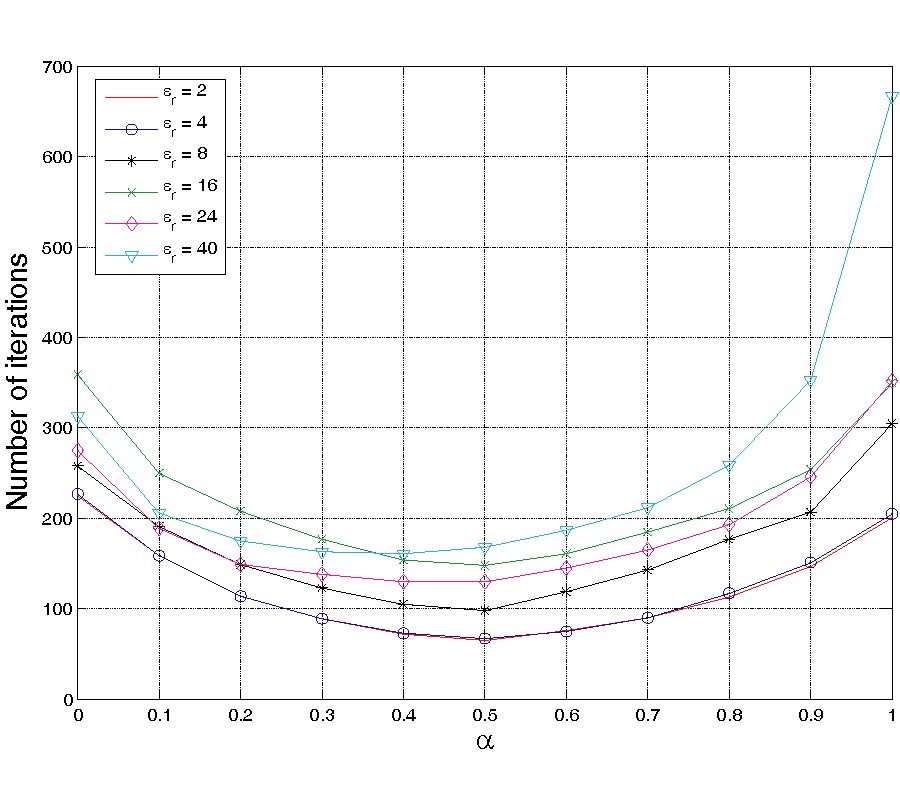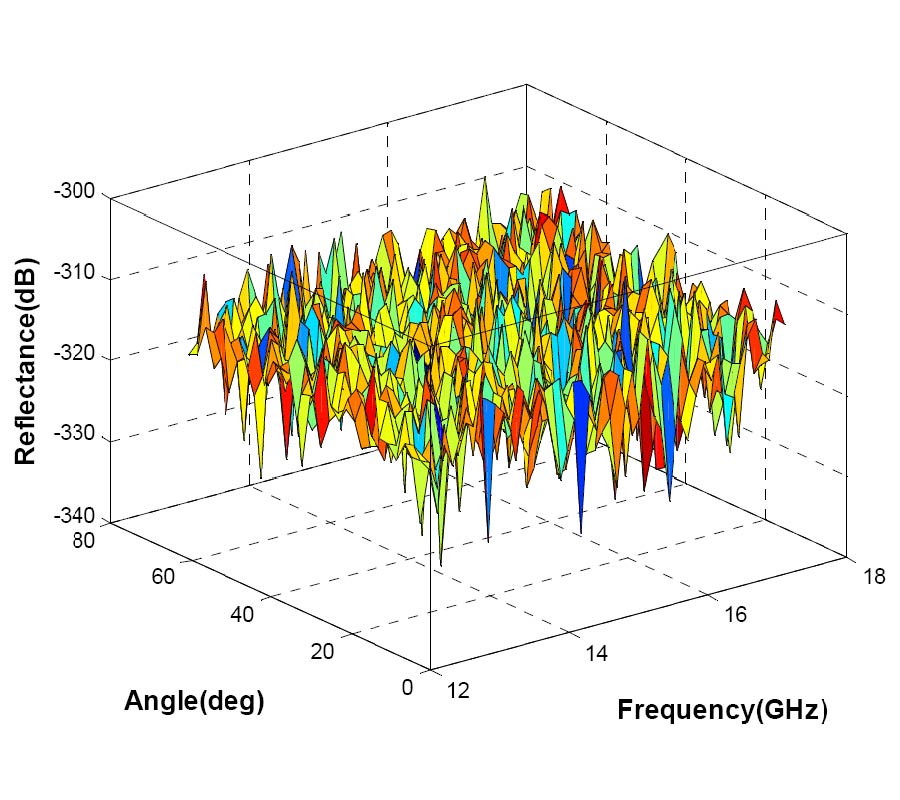An Estimate of Interference Effect on Horizontally Polarized Signal Transmission in the Tropical Locations: A Comparison of Rain-Cell Models
Joseph Ojo and
Christianah Joseph-Ojo
With the recent growth in the use of satellites for an increasing range of devices, services, applications and users, there is a need to optimize the signal received for availability, reliability and tolerance to interference. A lot of prediction models have been used in recent times to estimate intersystem interference due to hydrometeor scattering on vertically polarized microwave signals into the receiver of earth-space communications systems operating at the same frequency. The horizontal polarization is usually not investigated because coupling between the transmitting and receiving systems is much less than in vertical polarization. Much as this is true in the temperate regions, the nature and characteristics of tropical rainfall which are quite distinct from the temperate rainfall, means that the horizontal polarization when transmitted should be investigated for hydrometeor induced interference in tropical regions. This present work computes transmission loss on horizontally polarized signals based on two models (Awaka and Capsoni). The results obtained are compared and it is observed that there is only a difference of 1 dB in the transmission loss between the models. However, at higher frequency (>20 GHz), the Capsoni model does not produce values for the transmission loss L, while Awaka model predict a low interference at various antenna gain for percentages of time >0.1%.
